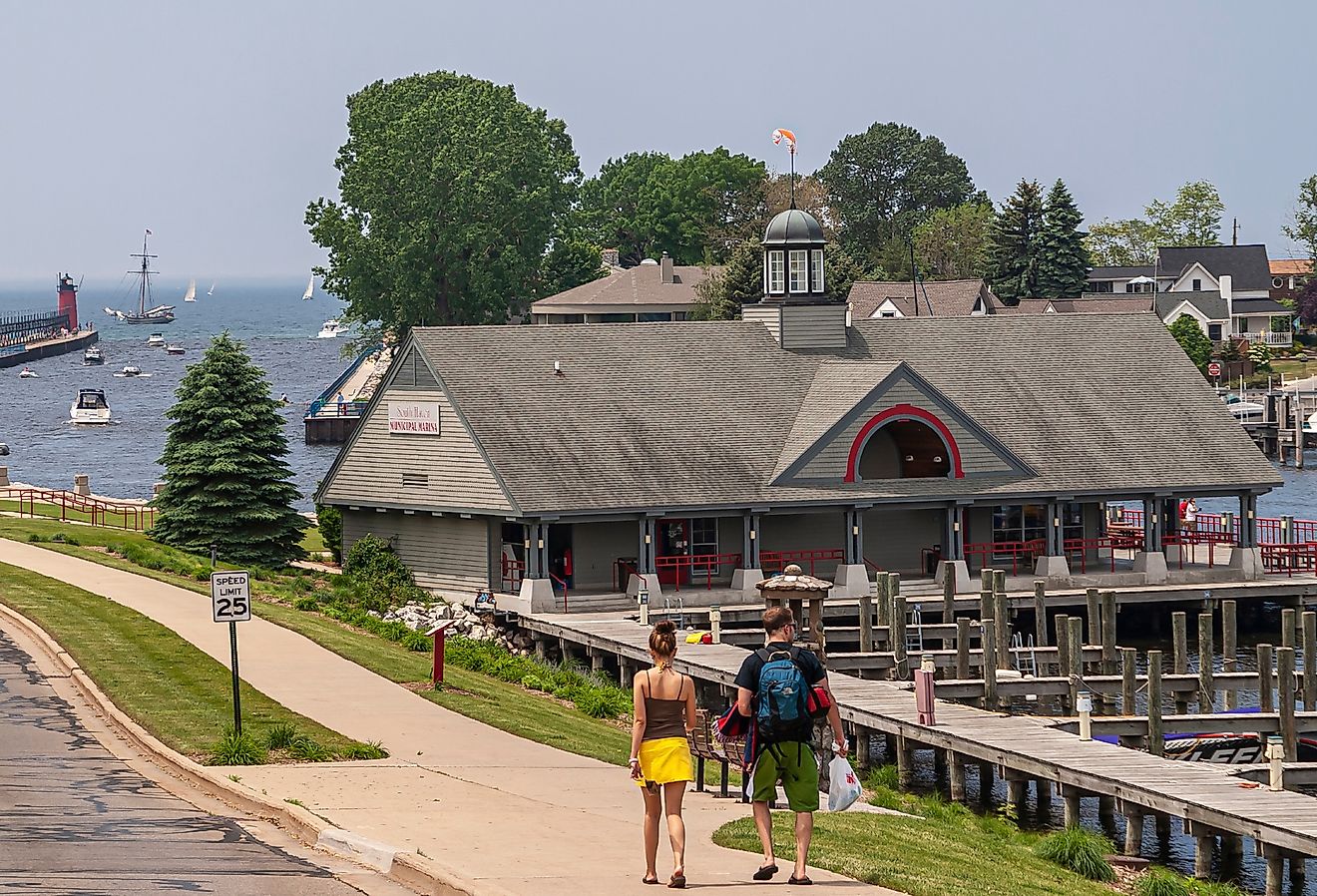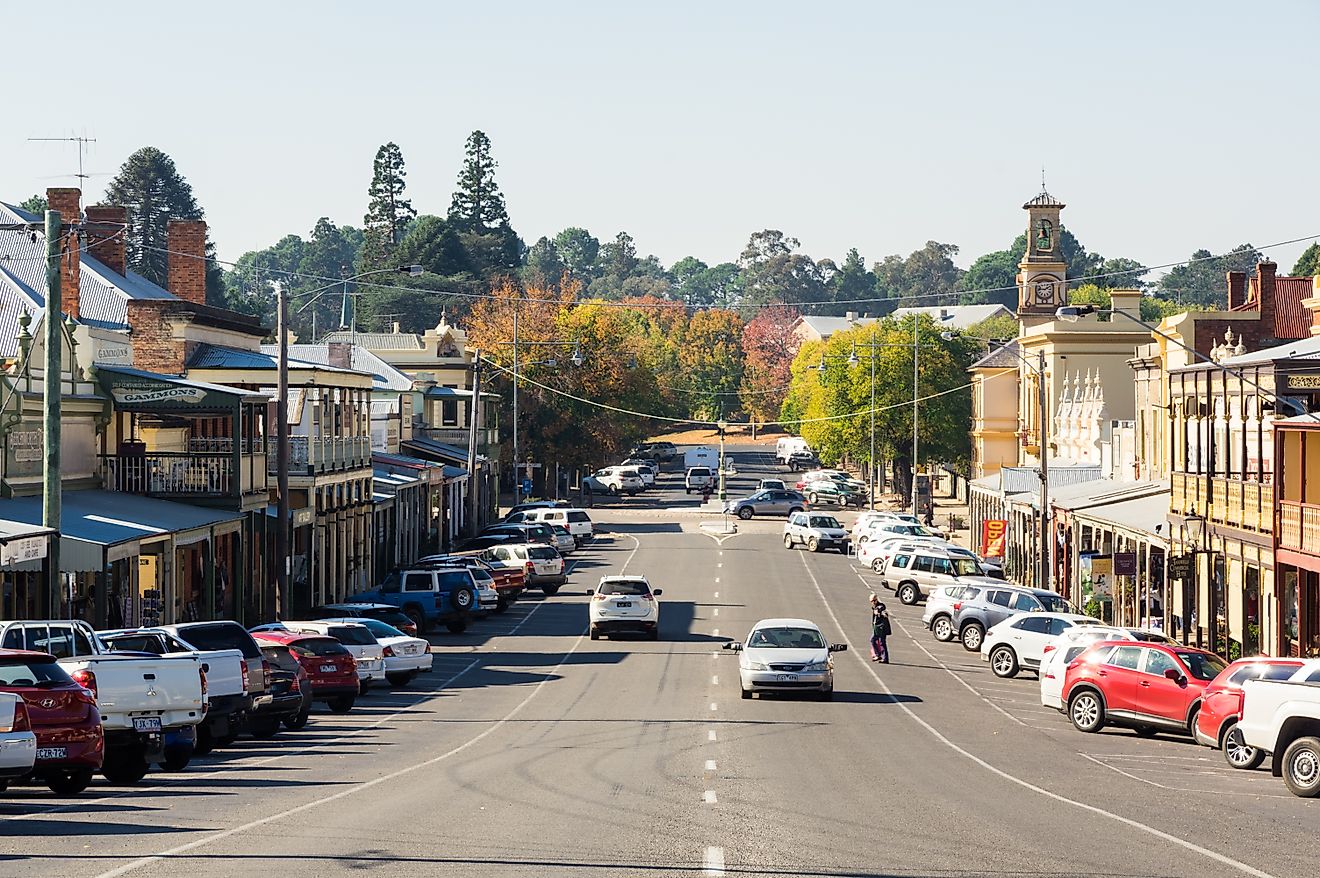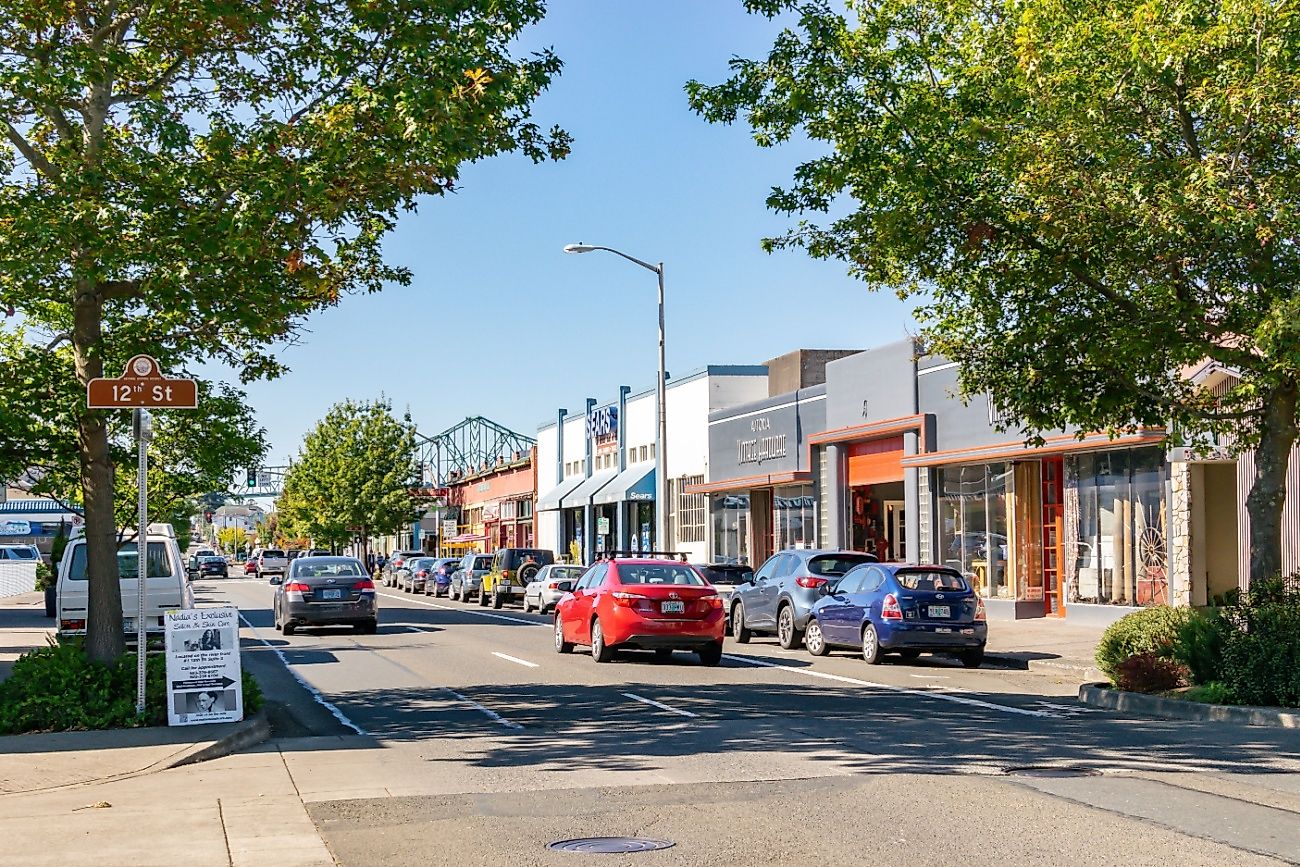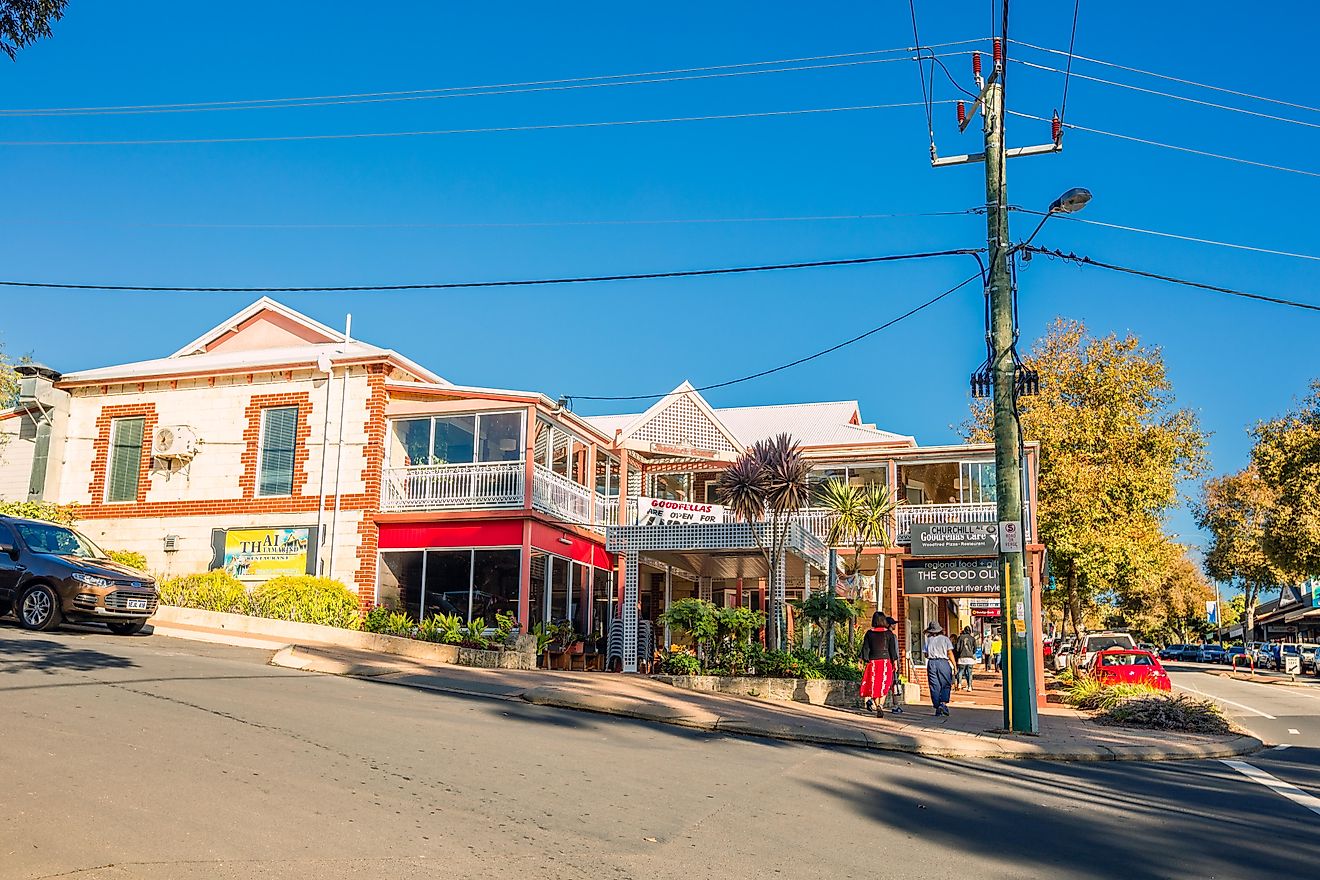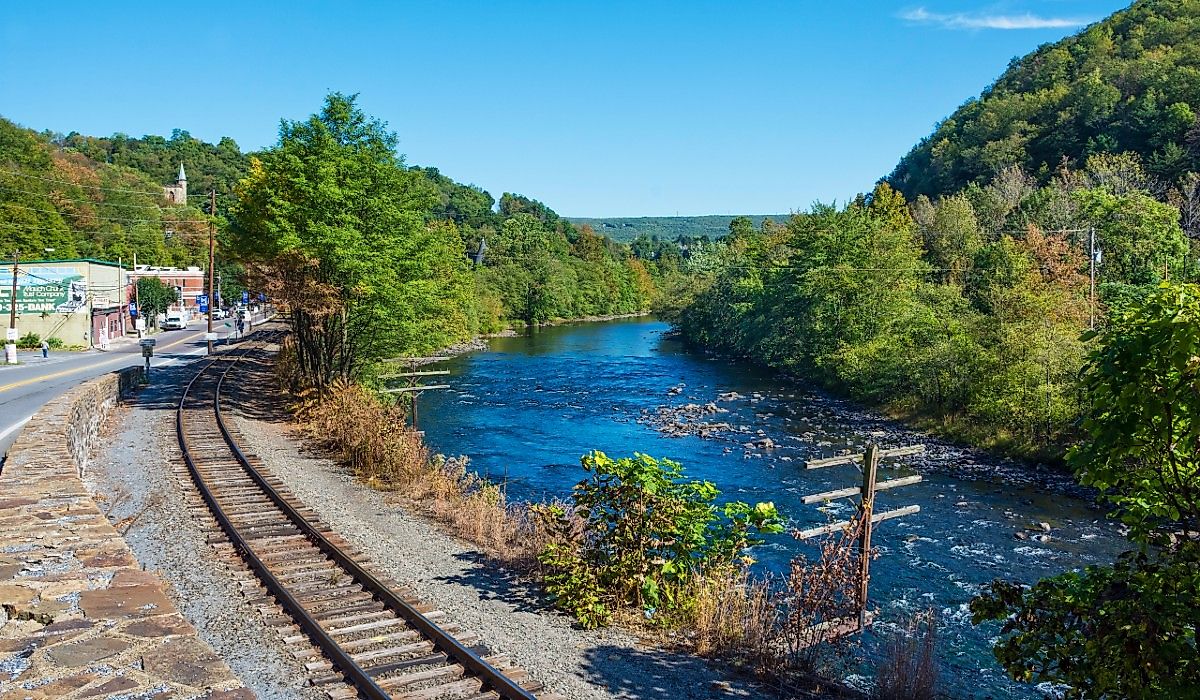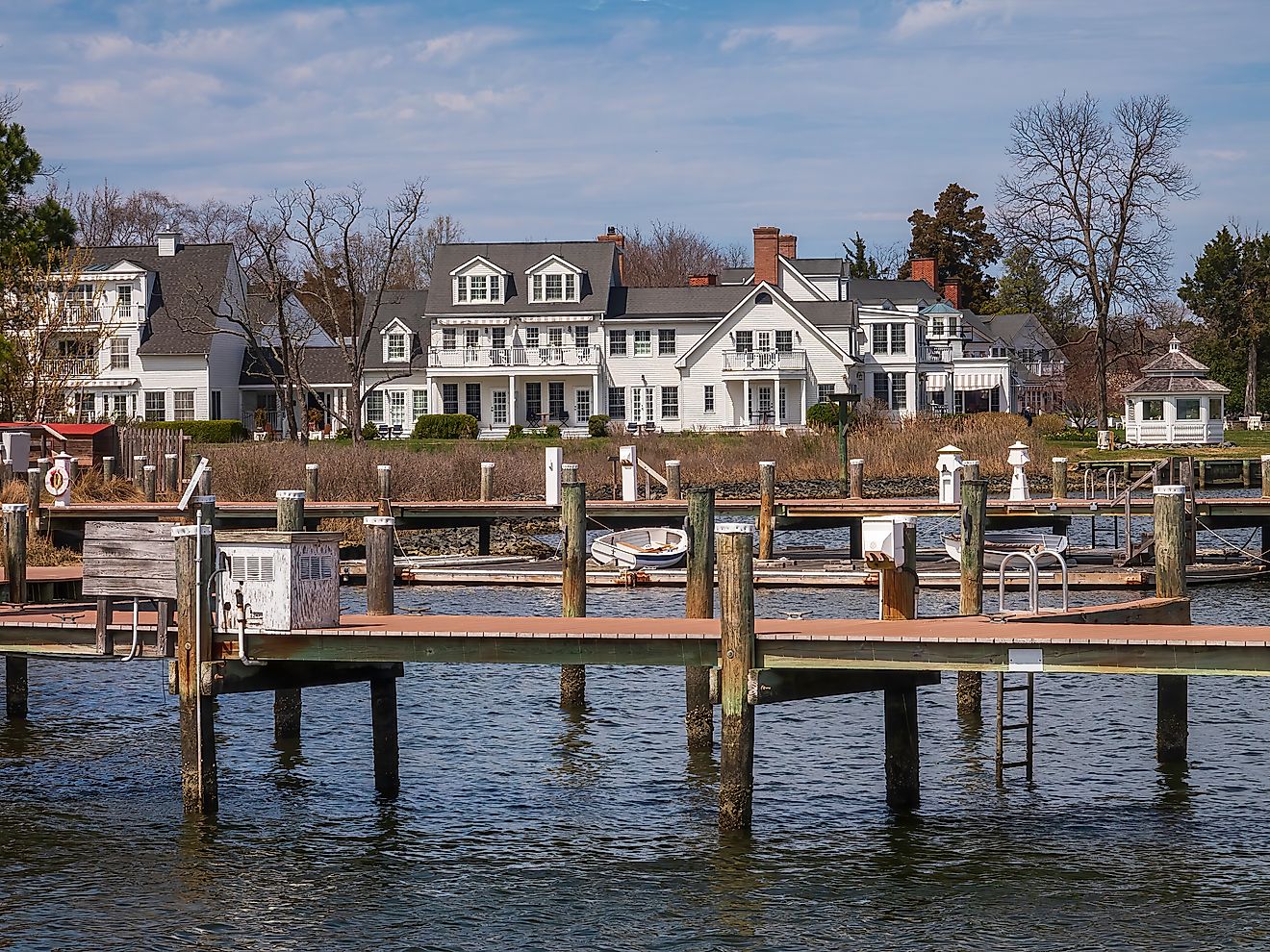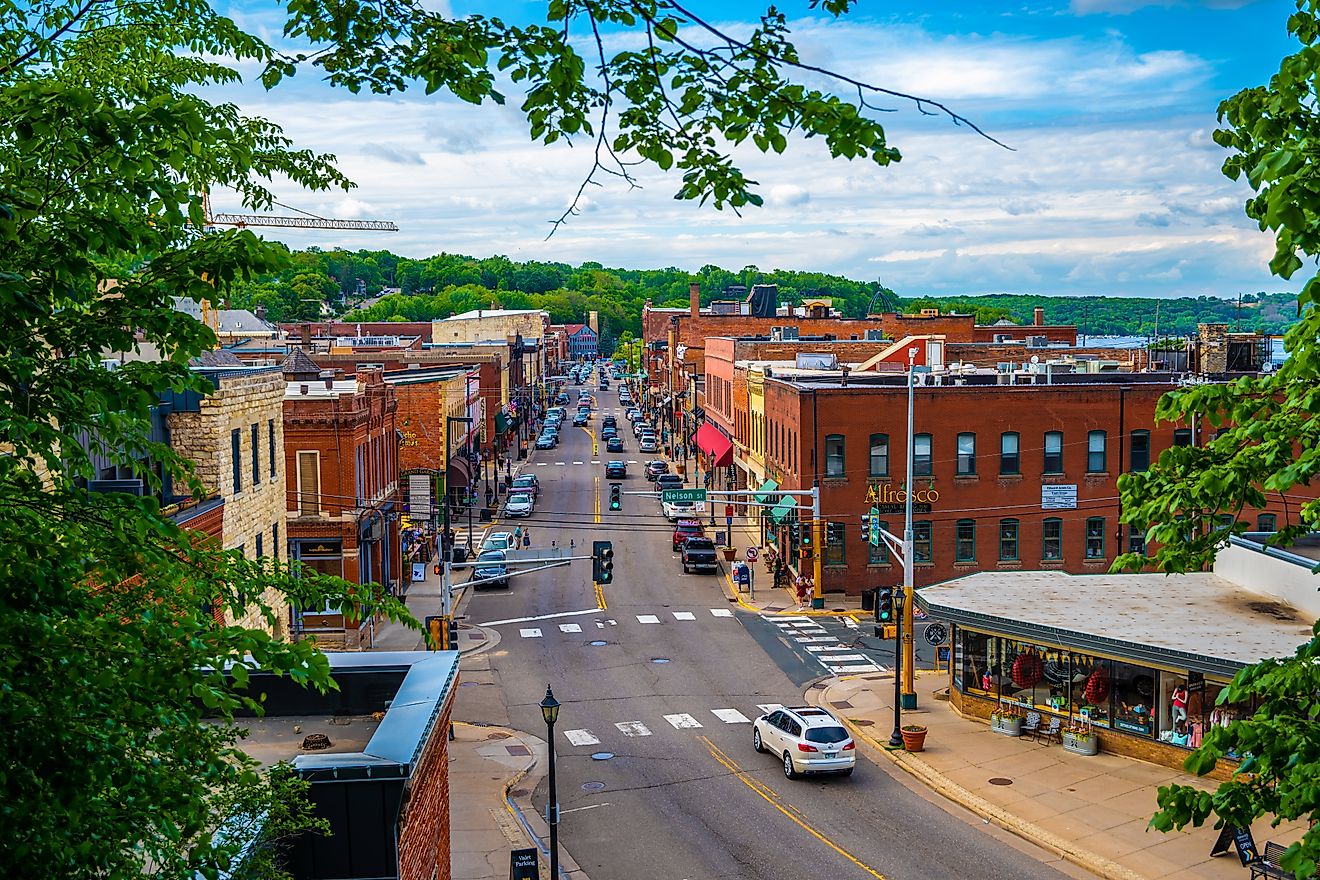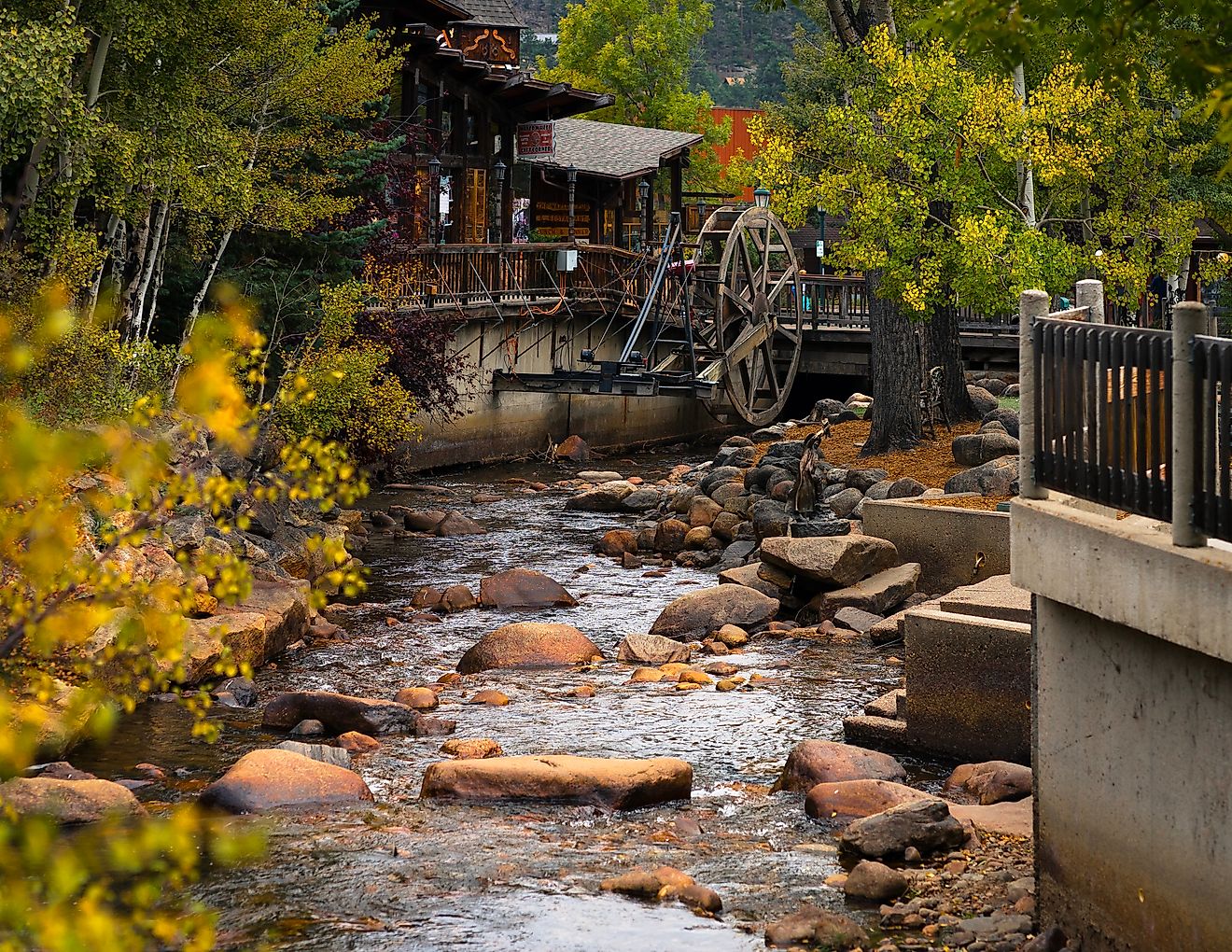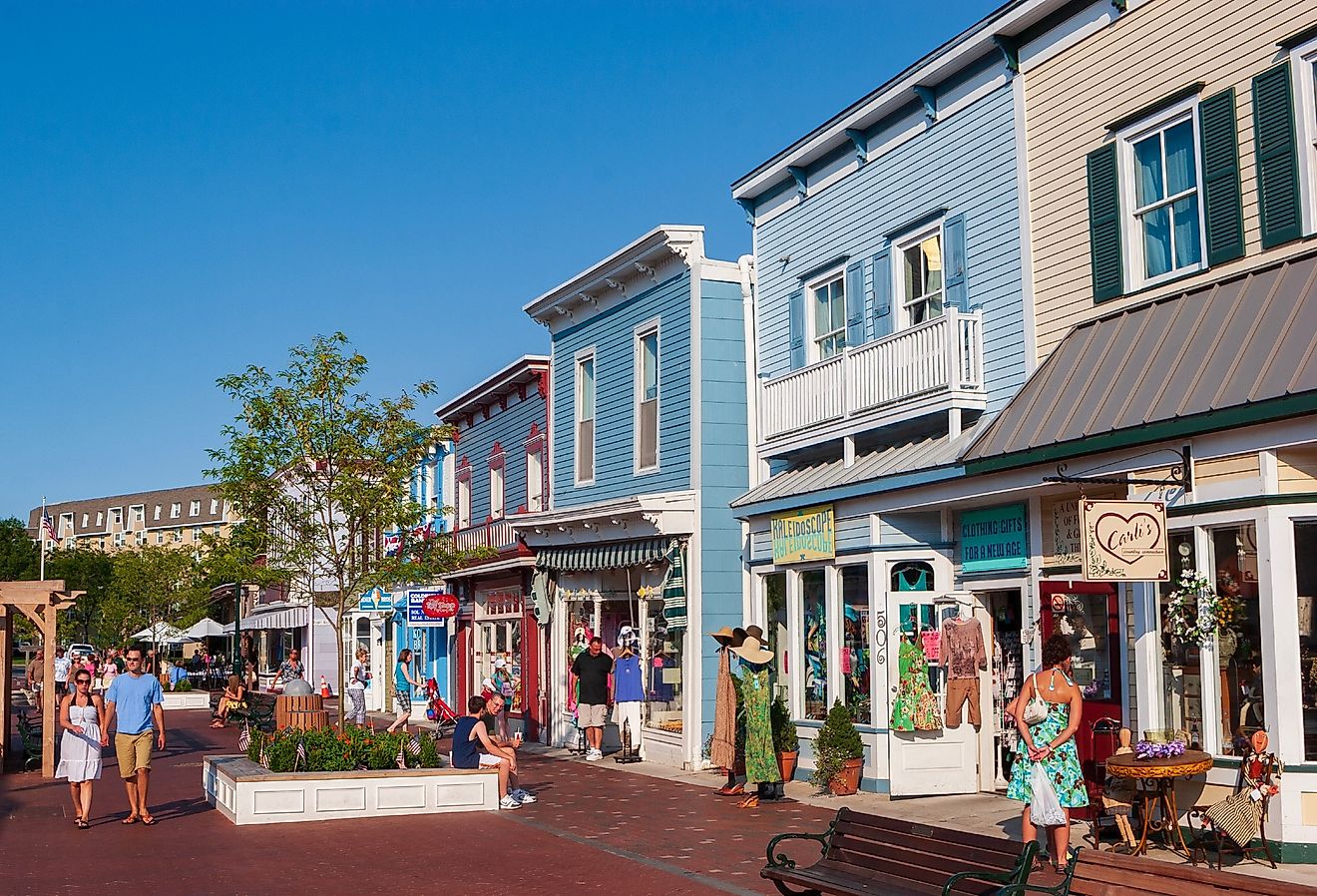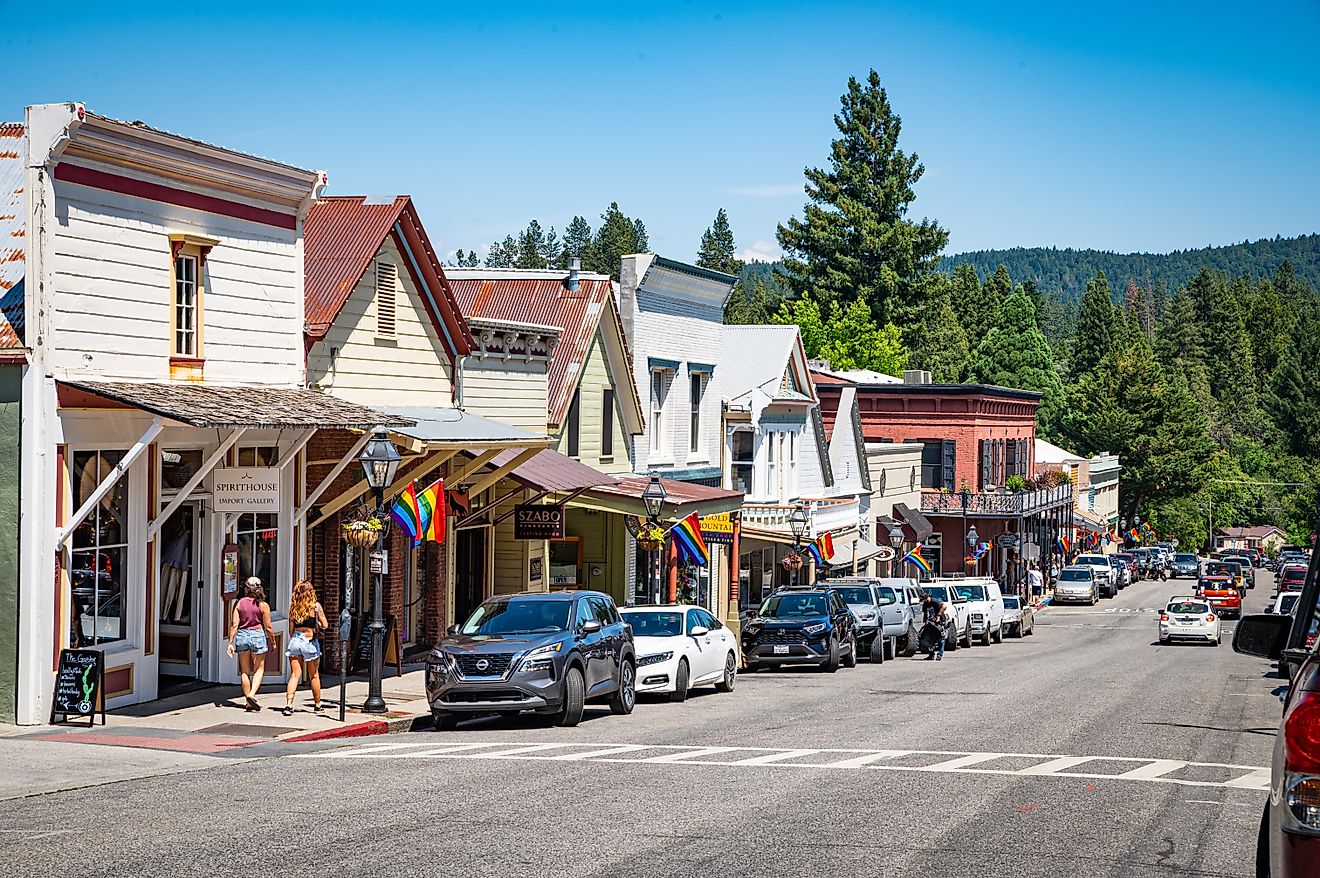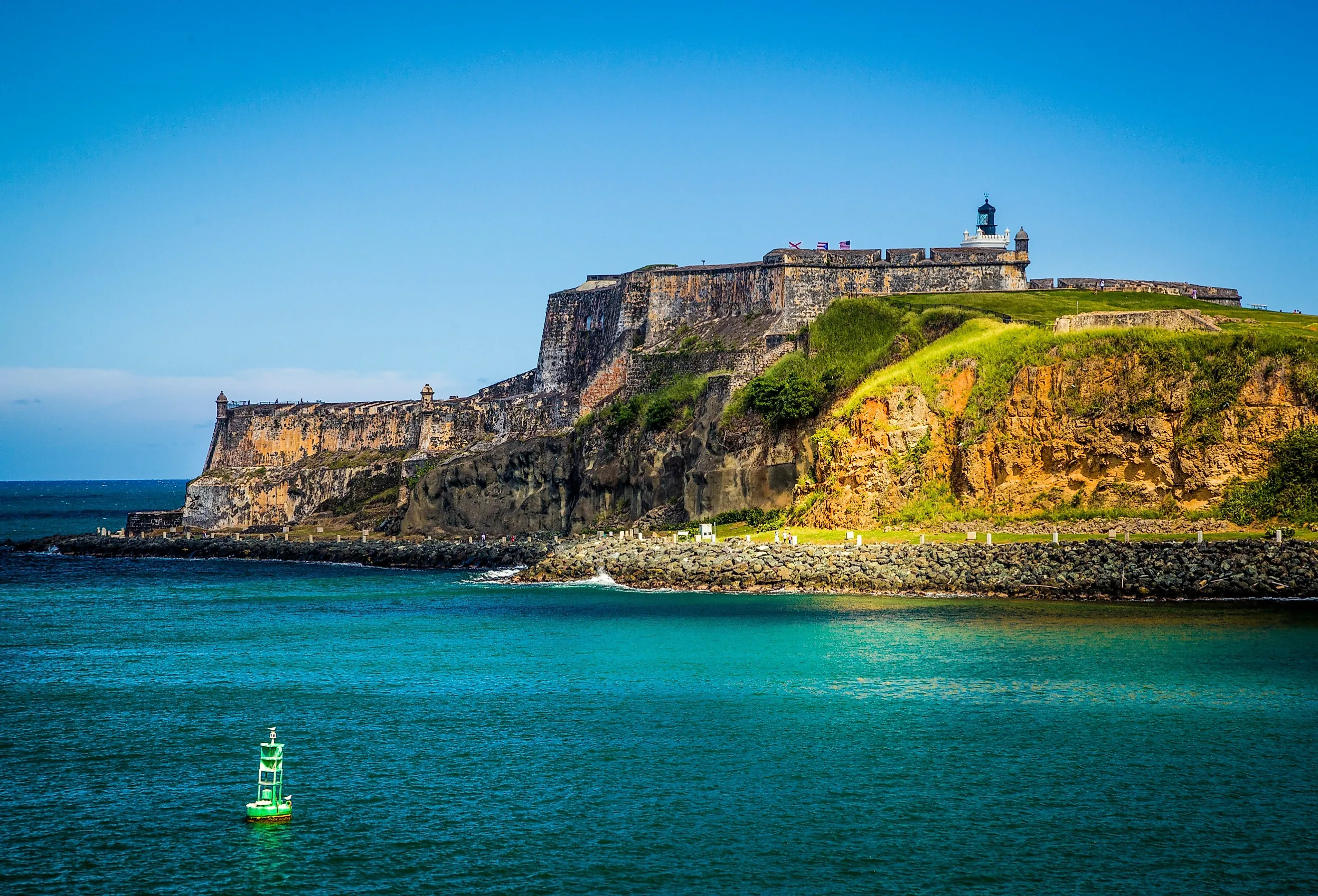
La Fortaleza and San Juan National Historic Site in Puerto Rico
The San Juan National Historic Site and La Fortaleza are set relatively north to south along Puerto Rico's coast, in the capital port city of San Juan, a 15-minute hike from each other. The structures were built from the 16th to 20th centuries as strategic defense mechanisms for the city and the Bay of San Juan. Today, they are part of the National Park and are the most significant of the series of defensive structures along the Caribbean Sea coast in Puerto Rico.
La Fortaleza and San Juan National Historic Site, at 33.39 ha, the World Heritage Sites since 1960, were inscribed in 1983, and underwent boundary modification in 2016. La Fortaleza is an eye-catching building appearing castle-like from the waters with a fine display from the interior courtyard with many discoveries inside to explore on a visit. The sites symbolize European military integration in the American culture along the nation's unique harborside setting.
The Fortified City
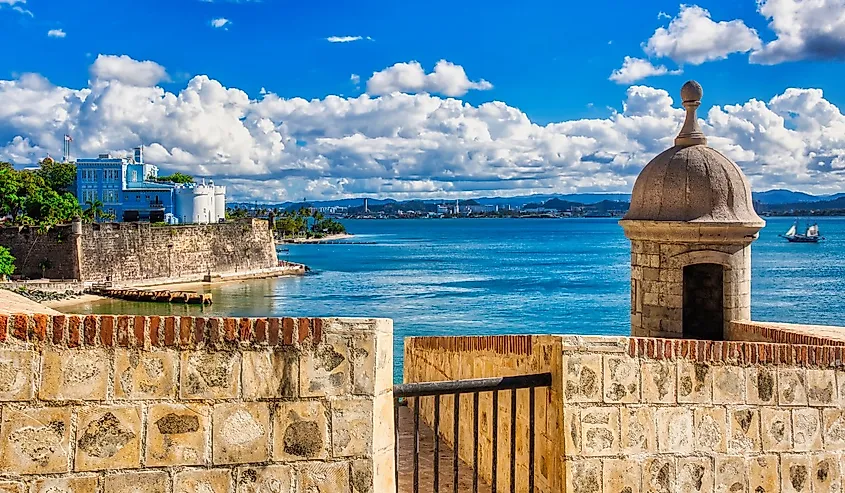
Puerto Rico, an island nation in the Greater Antilles in the Caribbean Sea, served as the first major stop on the way from Europe for the voyaging conquerors of the New World. Its easternmost port city, San Juan, provided the sailors with a much-needed break after weeks of sailing, fresh water, food, shelter, and supplies. Upon settling, the Spaniards quickly discovered that Mexico, Central America, and South America were bursting with gold, silver, and gems, and Spain wanted the riches.
During the 16th century, the San Juan forts were the "front door" to the vast Spanish colonies in the New World and helped Spain quickly become a major world power with a rich embargo. Since then, the strategic island of Puerto Rico has undergone 250 years worth of fortification to protect itself as the prized possession that it was. Through vigorous protection, Puerto Rico remained under Spanish control for nearly 400 years.
The Elements
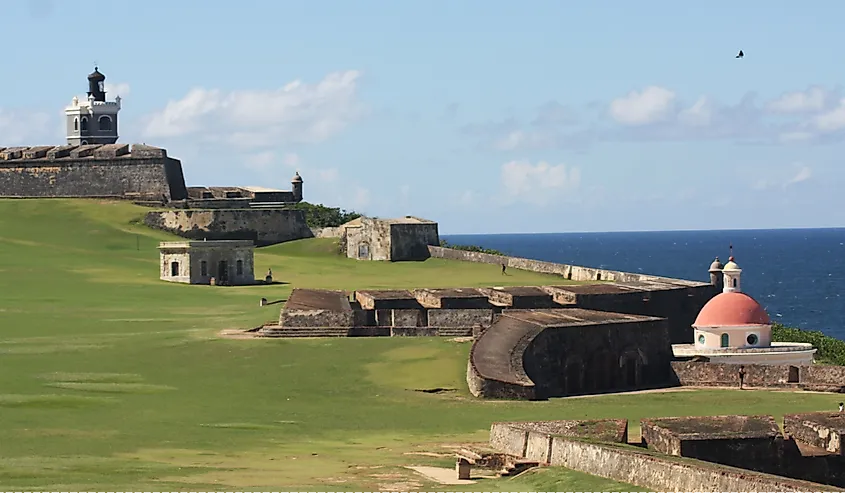
The San Juan National Historic Site is a World Heritage Site with three main forts: San Felipe del Morro, San Cristóbal, and San Juan de la Cruz (El Cauelo). Along with the large portion of the City Wall, the forts were built from the 16th through the 19th centuries to protect the city and the Bay of San Juan. La Fortaleza is the present-day seat of Puerto Rico's Governor and once housed an arsenal and a prison, and served as the residence of the Governor-General.
These fortifications are exceptional feats of European military architecture, admirably integrated into the challenging location of the tropical harbor. The historic methods of military construction were adapted from the architecture of European designs and techniques to the unique conditions of a Caribbean port city. Today, historians, architects, and simple people with an eye for beauty flock to admire the distinct characteristics and historical value behind the sites.
The History
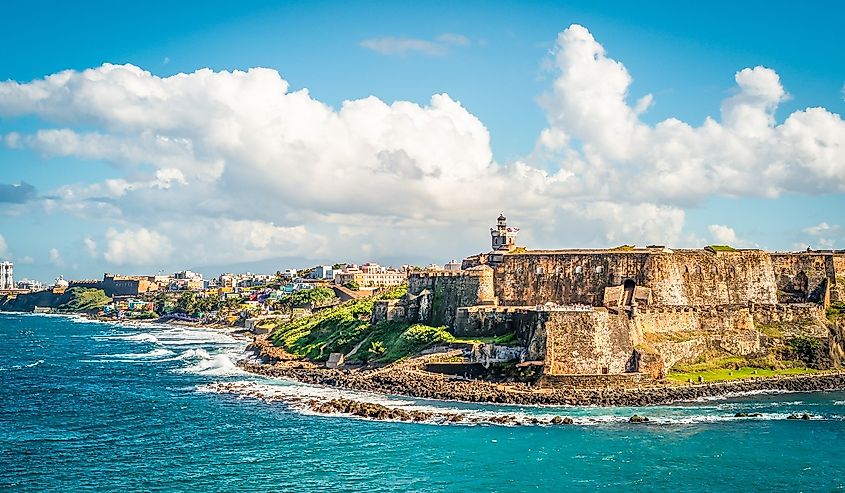
As a required Caribbean pit-stop on the way to the New World from the east, Puerto Rico was a long-time disputed territory among the explorers' and colonists' respective home countries. The island nation saw centuries-worth of Spanish, French, English, and Dutch fighting for the stakes in its strategic location. Spain recognized the need to protect treasured fleets, voyageing to and fro in the 16th century, as well as erecting vast fortifications throughout the territories along the island.
Spain was able to maintain sovereignty over Puerto Rico while also protecting Spanish commerce in the Caribbean basin with the help of these forts. During this time, many of the Caribbean and Gulf of Mexico islands were fortified along the coastline, like the magnificent port city on the Bay of San Juan, the entrance to the Bay of San Juan. San Juan underwent significant fortification harborside between the 16th and 19th centuries, after which the old city became a charming residential and commercial district.
The Symbolism
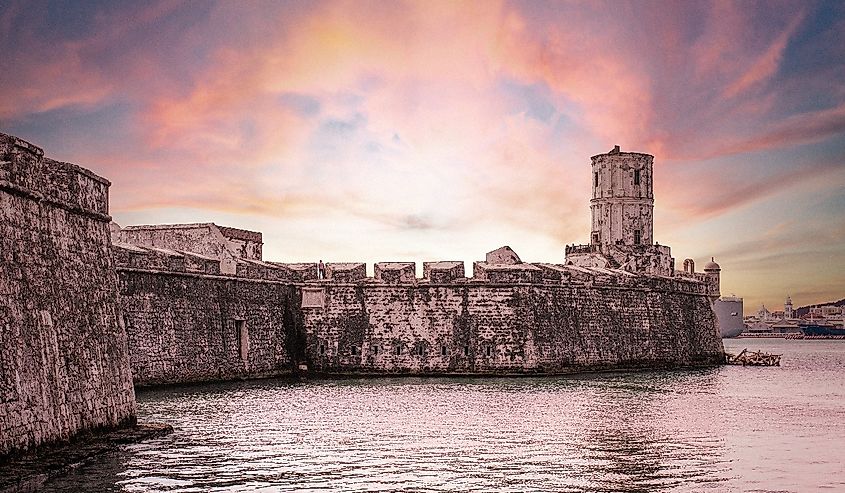
La Fortaleza and the latter fortifications of Castillo San Felipe del Morro, Castillo San Cristóbal, and San Juan de la Cruz (El Cauelo) showcases outstanding European designs and techniques of 18th-century military construction. The fabulous transfer of defense technology from Europe to America over centuries, amid the challenging tropical topography, is deemed worthy of this strategically significant location. The fortifications remain very much unchanged since construction, in both structure and appearance.
The varying military architecture along the coastline represents the continuity of more than four centuries of architectural, engineering, military, and political history during the imperial struggles amid the developing Americas. The defenses display successive techniques and technologies that served their purpose in the fortified structure, which was to protect the first and last seats of Spain’s American empire. Note the designs with significant influences from the Italian Renaissance, Baroque, and French Enlightenment periods. These potent symbols of unbreakable ties between the Hispanic and "New" worlds are an integral part of the culture and heritage comprising a significant portion of the population today.
The Value
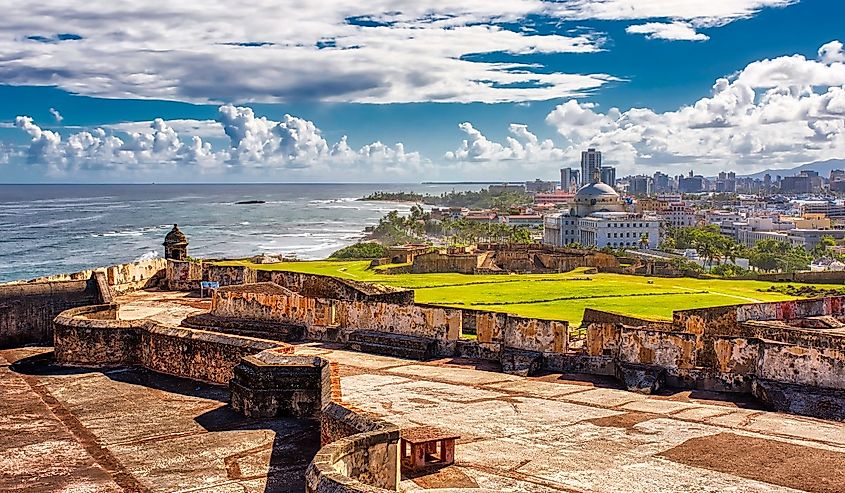
The property within and including La Fortaleza and the San Juan National Historic Site features enough elements to express "outstanding universal value." There are no adverse development or neglect effects, and the sites' aesthetic showcases its original purpose and significance. These include the Castillo San Felipe del Morro, Castillo San Cristóbal, San Juan de la Cruz (El Cauelo) fort, and a large portion of the original San Juan City Wall, including San Juan Gate. The other portion of the city wall outside the boundaries belongs to the Commonwealth of Puerto Rico.
Integrity and Authenticity
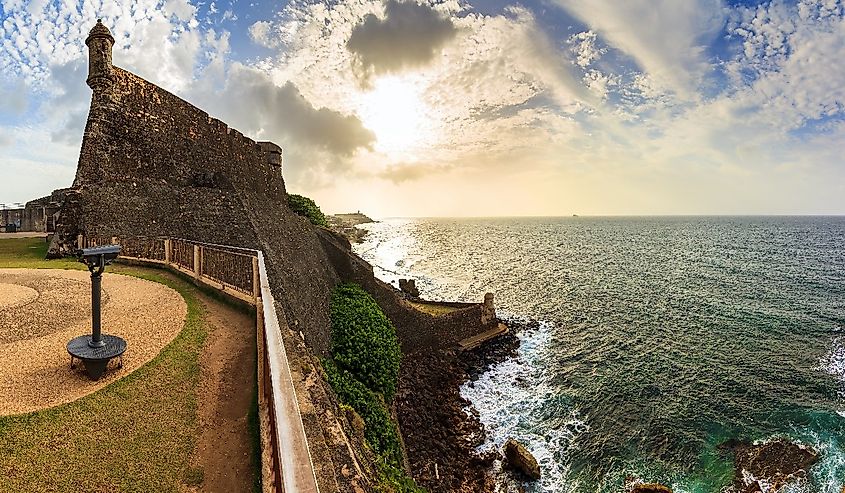
There is some urban encroachment along the north section of the City Wall, while the San Juan del La Cruz fort’s facade and Castillo San Cristóbal’s exterior show signs of deterioration. Some damage also occurred during the early repairs, but not after the current professional conservation policies. There is no surrounding influence that affects the appearance or the way the property is perceived in terms of preservation policy (called the buffer zone). Sustaining the outstanding universal value of the property over time will involve a general management plan, continuous conservation measures to protect susceptible materials, and management of urban encroachment around the City Wall site.
La Fortaleza and San Juan National Historic Site features authentic appearances, locations, and materials used. The original purpose of the forts, which was to protect the city and the bay well into the mid-20th century, is also evident. There are distinguishable elements from the original construction to the periodic expansions and improvements during active service. Consistent repairs were necessary due to age and the vulnerable materials used in the first place that posed conservation challenges, like sandstone, brick, and plaster -- susceptible to erosion by the sea and heavy traffic. Overall, the site is fundamentally in a good state of preservation.
Protection and Management
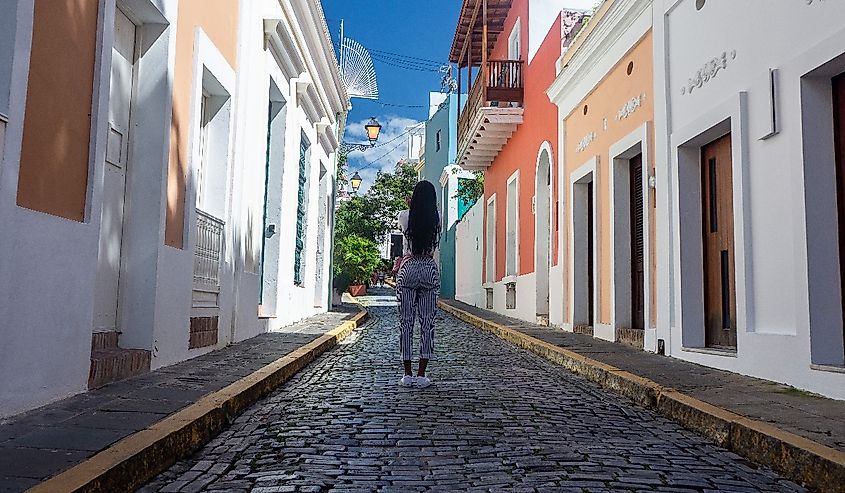
The Government of the Commonwealth of Puerto Rico owns La Fortaleza, a National Historic Landmark since 1960. The Puerto Rico Legislative Assembly and the National Park System protect La Fortaleza, while a consultant committee monitors its needs and efforts for its restoration, conservation, and improvement. The San Juan National Historic Site was established in 1949 and is held by the Government of the United States of America within the Historic Zone of San Juan, which is independent of the capital of Puerto Rico. The standards of conservation and restoration in the historic zone were set by the Institute of Puerto Rican Culture.
Puerto Rico and the National Park Service jointly manage the historic park, including interpretive plans for pathways and exhibits throughout the site. Both La Fortaleza and San Juan National Historic Site were included in the Old San Juan Historic District as a National Historic Landmark in 2013 for another level of protection. A new visitor at Castillo San Cristóbal in 2002 has helped improve public access, provide enhanced information, and encourage adherence to visitor guidelines.
Visiting La Fortaleza and the San Juan National Historic Site
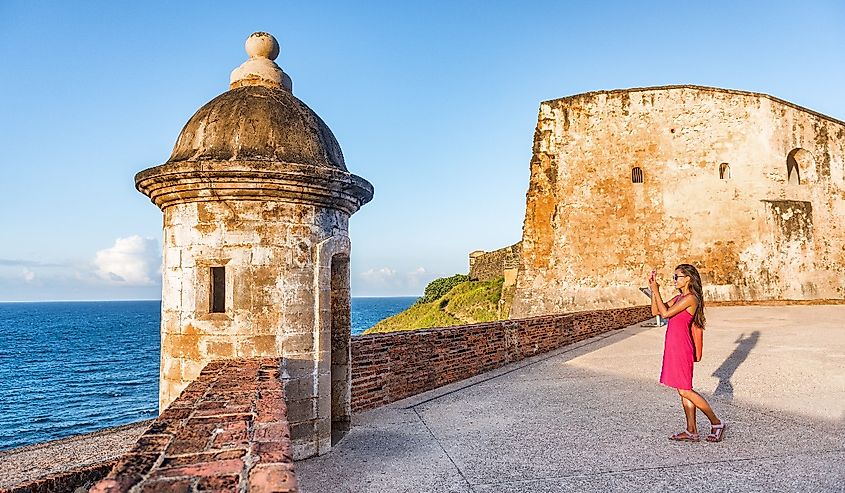
Today, the vibrant city displays its rich history through many sights and institutional buildings. There are many museums, old houses, churches, and plazas among the more modern and commercial buildings in the San Juan Historic Zone. This zone is governed by municipal, state, and federal agencies. Start at the San Juan National Historic Site visitor center for a ranger-led orientation that talks about the sites to discover in both English and Spanish. Explore the park and visit the fortifications on a self-guided tour amid a beautiful natural setting, blending scenic aesthetic and functionality into the European-style architecture, much like it did throughout centuries before.
The del Morro greets tourists first at harborside when they arrive in Puerto Rico via the sea; it is one of the city's most recognizable landmarks as well as a cultural treasure of the nation. The Juan National Historic Site comprises Castillo San Felipe del Morro, Castillo San Cristóbal, most of the city walls, the San Juan Gate, and Fort San Juan de la Cruz, which is across the bay's entry. Visit the San Juan National Historic Site and walk into 500 years of history. It oozes of great ambition, perseverance, and aspirations as the tiny island nation endured centuries of fights for control of its strategic location. Visit the sites for inspiration through the beauty of the architecture and the ingenuity of the design and engineering. Appreciate the symbolism behind its Hispanic influence and unwavering confidence for a partial stronghold of the continent.

